Introduction to Plasma Cutters and Traditional Cutting Methods
Plasma cutters are tools that use a high-temperature, high-velocity ionized gas to cut through materials. They are commonly used in industries such as metal fabrication and automotive repair. Traditional cutting methods, on the other hand, include tools like saws, shears, and oxy-fuel torches. Plasma cutters offer a more precise and clean cut compared to traditional methods, making them a popular choice for many professionals.
Understanding Plasma Cutters: How Do They Work?
Plasma cutters use a high-temperature, high-velocity stream of ionized gas to cut through metal. The gas, typically compressed air, passes through a nozzle and is heated to the point where it forms plasma. This plasma conducts electricity from the cutter to the metal, creating a completed circuit. The intense heat of the plasma melts the metal while the high-velocity gas blows the molten metal away, resulting in a precise and clean cut. Plasma cutters are versatile and can be used on various materials, but they are most commonly used for cutting metal due to their efficiency and speed.
Overview of Traditional Cutting Methods
Traditional cutting methods, such as oxy-fuel and abrasive cutting, have been used for many years in the industry. Oxy-fuel cutting uses a mix of oxygen and a fuel gas to cut through materials, while abrasive cutting involves grinding away material using an abrasive wheel. These methods have been reliable but can be time-consuming and may produce more waste. Plasma cutting, on the other hand, offers a faster, more precise, and cleaner cutting process compared to traditional methods.
Precision and Efficiency: Plasma Cutters vs. Traditional Methods
Plasma cutting is known for their precision and efficiency compared to traditional cutting methods like sawing or shearing. Plasma cutters use a high-velocity jet of hot plasma to cut through materials quickly and accurately. This results in cleaner cuts with minimal heat distortion, making them ideal for intricate designs or detailed work. In contrast, traditional cutting methods may be slower and less precise, leading to rough edges and more material wastage. When it comes to achieving precise cuts efficiently, plasma-cutters often outperform traditional methods.
Cost Analysis: Investment and Operational Expenses Comparison
When comparing plasma-cutters with traditional cutting methods, it’s essential to consider both investment and operational expenses. Plasma cutters require a higher initial investment compared to traditional cutting tools due to their advanced technology and capabilities. However, they often prove to be more cost-effective in the long run because of their higher cutting speeds and efficiency.
On the other hand, traditional cutting methods may have lower upfront costs, but they can incur higher operational expenses over time due to factors like maintenance, consumables, and manual labor. When deciding between the two, it’s important to weigh the upfront investment against the long-term operational costs to determine which option best fits your needs and budget.
Applications and Industries: Benefits of Plasma Cutters and Traditional Methods
Plasma cutters are versatile tools used in various industries such as metal fabrication, automotive repair, and construction. They offer benefits like increased precision in cutting, minimal heat-affected zones, and faster cutting speeds compared to traditional cutting methods. On the other hand, traditional cutting methods, like oxy-fuel cutting and sawing, are widely used in industries such as shipbuilding, manufacturing, and agriculture. These methods are known for their cost-effectiveness, simplicity, and ability to handle thick materials efficiently.
Safety Considerations: Plasma Cutters vs. Traditional Cutting Techniques
When comparing plasma-cutters and traditional cutting methods, it’s crucial to consider safety aspects. Plasma cutters produce a high-intensity jet of hot plasma, posing a risk of burns or electrical hazards if not handled properly. On the other hand, traditional cutting techniques like sawing or manual cutting tools may lead to sharp objects causing cuts or injuries if not used with caution. Understanding the safety measures and wearing appropriate protective gear for both methods is essential to prevent accidents. Always prioritize safety when operating any cutting equipment.
Environmental Impact: Sustainability of Plasma Cutters and Traditional Methods
Plasma cutters are more environmentally friendly than traditional cutting methods. Plasma cutting produces less waste, emits fewer fumes, and consumes less energy compared to traditional methods like oxy-fuel cutting. By using plasma cutters, you can reduce your carbon footprint and contribute to a more sustainable future.
Maintenance and Longevity: Durability Comparison
Plasma cutters generally require less maintenance compared to traditional cutting methods. They have fewer moving parts that need upkeep, reducing the risk of breakdowns. On the other hand, traditional cutting methods may require regular maintenance to ensure smooth operation.
In terms of longevity, plasma cutters often last longer than traditional cutting methods. The technology used in plasma cutters is designed to withstand wear and tear, resulting in a longer lifespan. Traditional cutting methods may wear out quicker, requiring replacement or repairs more frequently.
Conclusion: Choosing the Right Cutting Method for Your Needs
When deciding between plasma cutters and traditional cutting methods, it’s essential to consider your specific requirements. Plasma cutters offer faster cutting speeds, better precision, and the ability to cut a variety of materials. On the other hand, traditional cutting methods may be more cost-effective for simple cuts and are easier to maintain. Assess your cutting needs, budget, and expertise level before choosing the right cutting method for your projects.

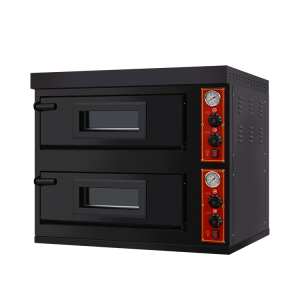
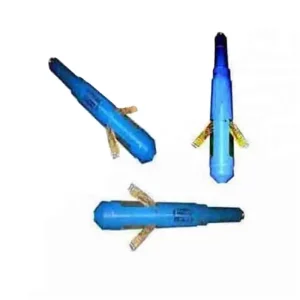
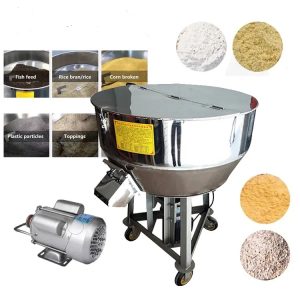


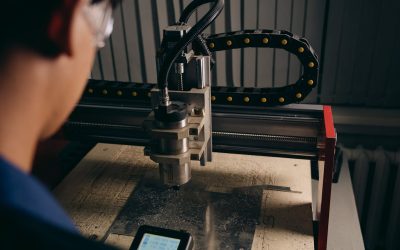



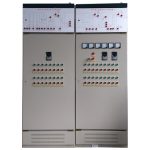
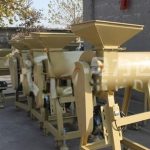
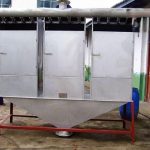
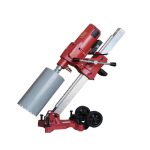

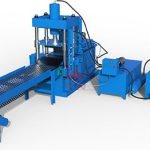
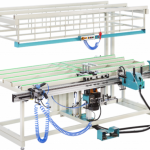
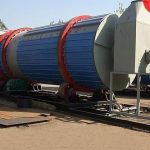
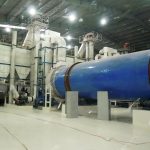
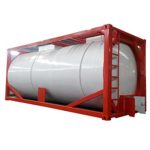

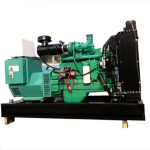
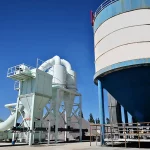
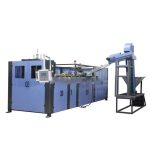

0 Comments